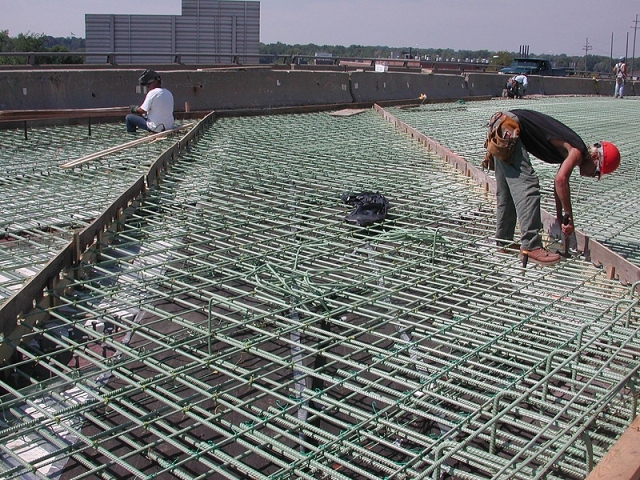concrete beam capacity depends on many raw materials, many raw materials are included, the most important of which are fine sand, cement, coarse sand, aggregate, water, and other additives. Concrete is subject to engineering standards to ensure its quality.
When the sample is successful, it is worked on in large quantities, and if it is unsuccessful, the original sample is modified and re-examined, and if it does not succeed again, it is disposed of. Successful concrete is characterized by strength; Because concrete is exposed to many factors that affect its strength and viability in the long run, and among these factors that affect it are pressure, and weather factors such as heat and humidity. The quality of concrete means durability and resistance to weather factors. 28 days to ensure its strength before starting to manufacture large quantities of the same concrete mix.
concrete beam capacity
After 28 days, the concrete strength and its resistance to compression are checked in two stages, where the initial examination begins after 7 days and must achieve a strength of 70%. The second examination is after 28 days of preparation. It must gain strength between 90% to 100%, and sometimes it has been achieved after Samples that are at the age of 7 days have a result of 90%, then the remaining samples at the age of 28 days do not need to be examined.
The method of testing the strength of concrete One of the commonly used tests is to test the concrete’s resistance to pressure and the extent to which it bears any pressure loaded on it, and through these steps, we will learn how to check the quality of concrete mixtures
Use at least 6 cube-shaped metal molds, each of which measures 20 cm x 20 cm x 20 cm, and a metal rod half a meter in length and 0.16 mm in diameter.
Examine the molds well and make sure that they are clean, then paint a layer of oil so that the mold is easily removed after hardening the next day.
Pour freshly mixed concrete into the molds, and fill them with cubes in three layers, and each layer is well compacted with a compaction rod from 25 to 36 or 37 times, and the blows are distributed on the surface of the concrete regularly, and the surface of the last layer is leveled with rulers; To write down their data from the date of casting, the type, and caliber of concrete.
Keep the molds away from the sun and vibration for 24 hours and cover well; the next day, they are removed and numbered. Submerge the molds in water, and after 7 days take 3 samples, the remaining number after 28 days, and apply the pressure load test immediately after taking them out of the water; To ascertain the specific characteristics of the project.
Exposing the cube to the fracture by placing it between the two surfaces of the compression machine, and calculating the fracture stress using the following equation: fracture stress (f) = used fracture load (P) ÷ concrete cube area, unit of measurement of fracture stress (kg/cm2), unit of measurement of fracture load used (kg). ), the unit of measurement of the flat surface of the concrete cube (cm2), the required value of the fracture stress of the cubes after 3 days is between 70-75%, after 7 days it is from 75-85%, and the required value after 28 days is 100%.
Source: wikipedia.org/wiki/Reinforced_concrete
Read More: buildineg.com/public/blog/what-is-a-concrete-jacketing-of-column/

